Recommended Soundproofing Products
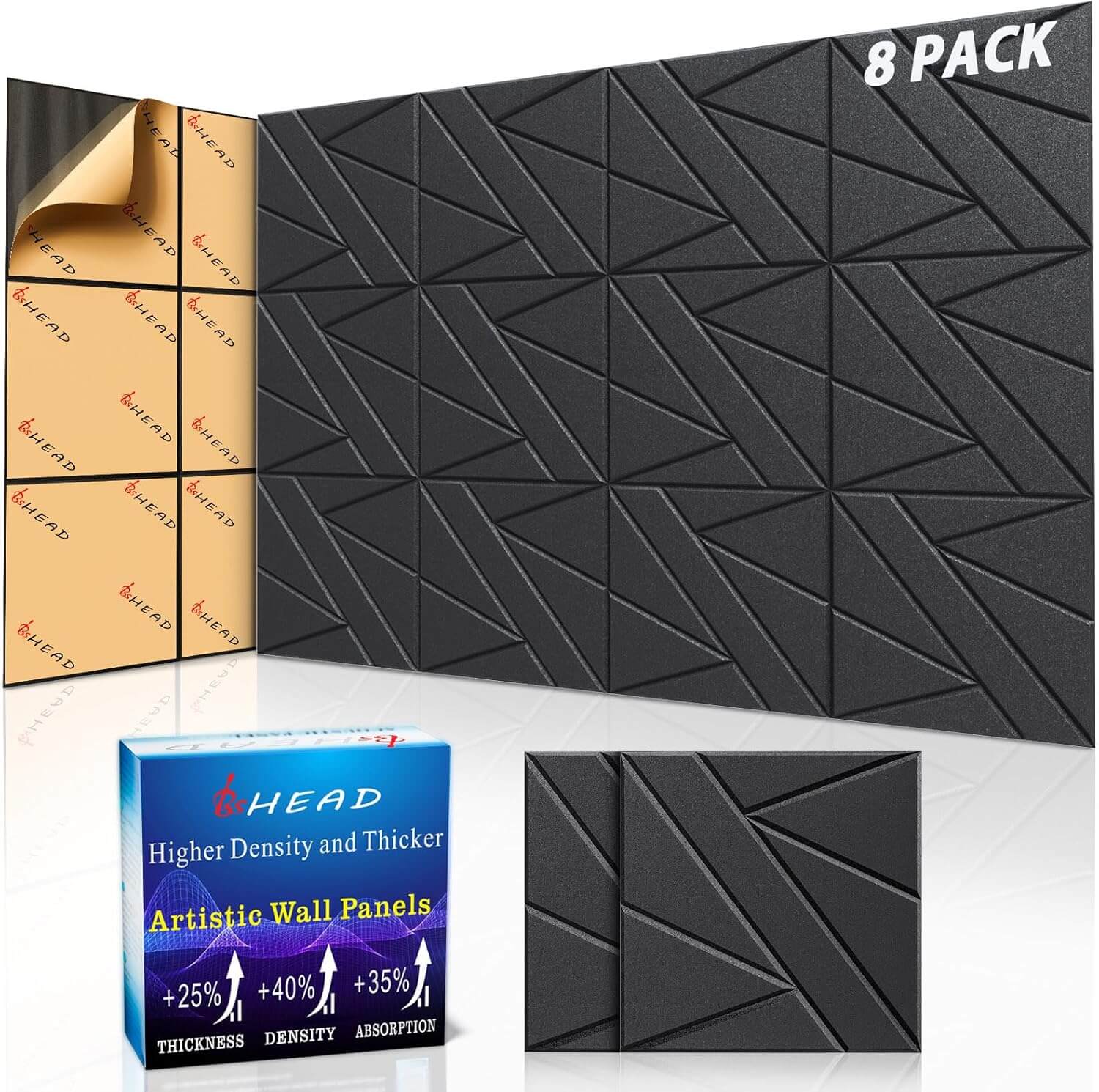
Soundproof Wall Panels
Boost your wall’s soundproofing with these sleek panels—cut noise by 10-15 decibels, absorb sound, and add style with an easy, renter-friendly setup.
CHECK PRICE
Weatherstrip Door Seal
Block noise leaks with this durable weatherstrip door seal—perfect for sealing gaps around your door frame, reducing sound by up to 15 decibels for a quieter home.
CHECK PRICE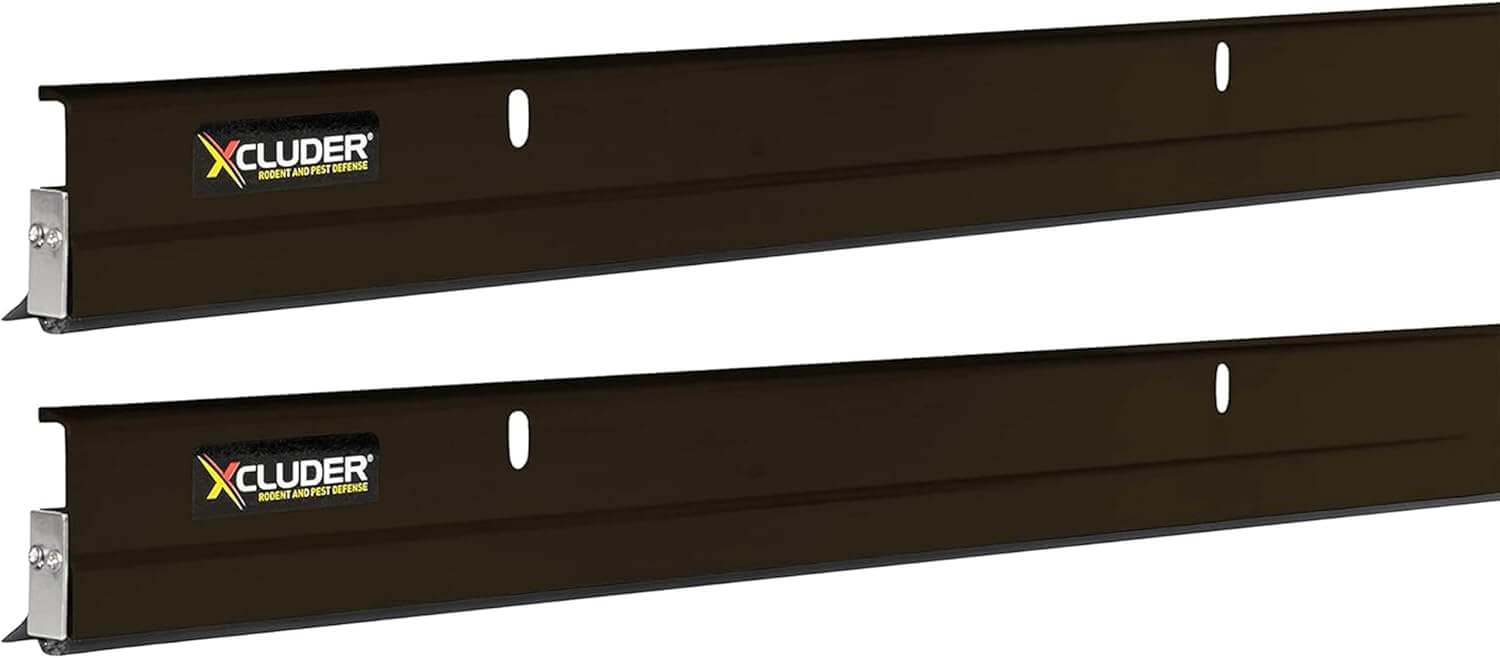
Standard Door Sweep
Seal out under-door noise with this sturdy standard door sweep—easy to install, it blocks drafts and reduces sound by 5-10 decibels for instant quiet.
CHECK PRICE
MDF Panels
Fortify your door with these MDF panels—perfect for adding mass, they reduce noise by 10-15 decibels, turning hollow doors into solid sound barriers.
CHECK PRICE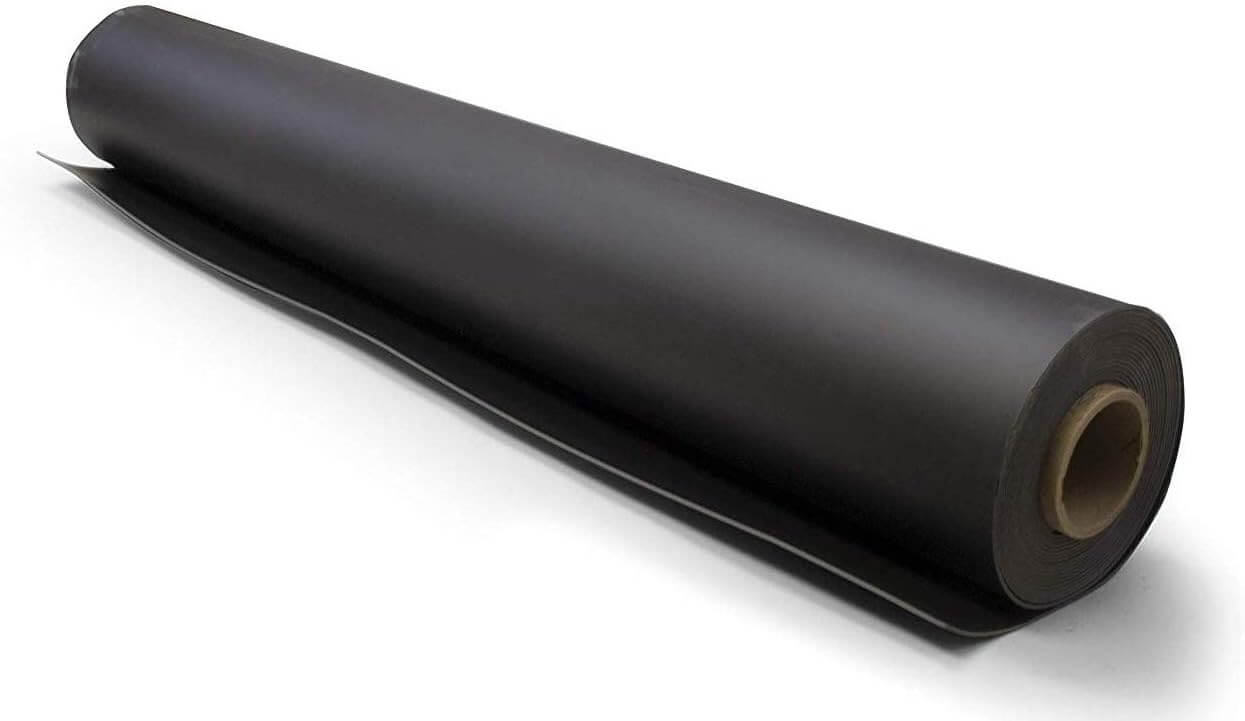
Mass-Loaded Vinyl
Add serious soundproofing power with mass-loaded vinyl—cuts noise by 15-20 decibels, ideal for metal doors or any space needing a dense, quiet barrier.
CHECK PRICE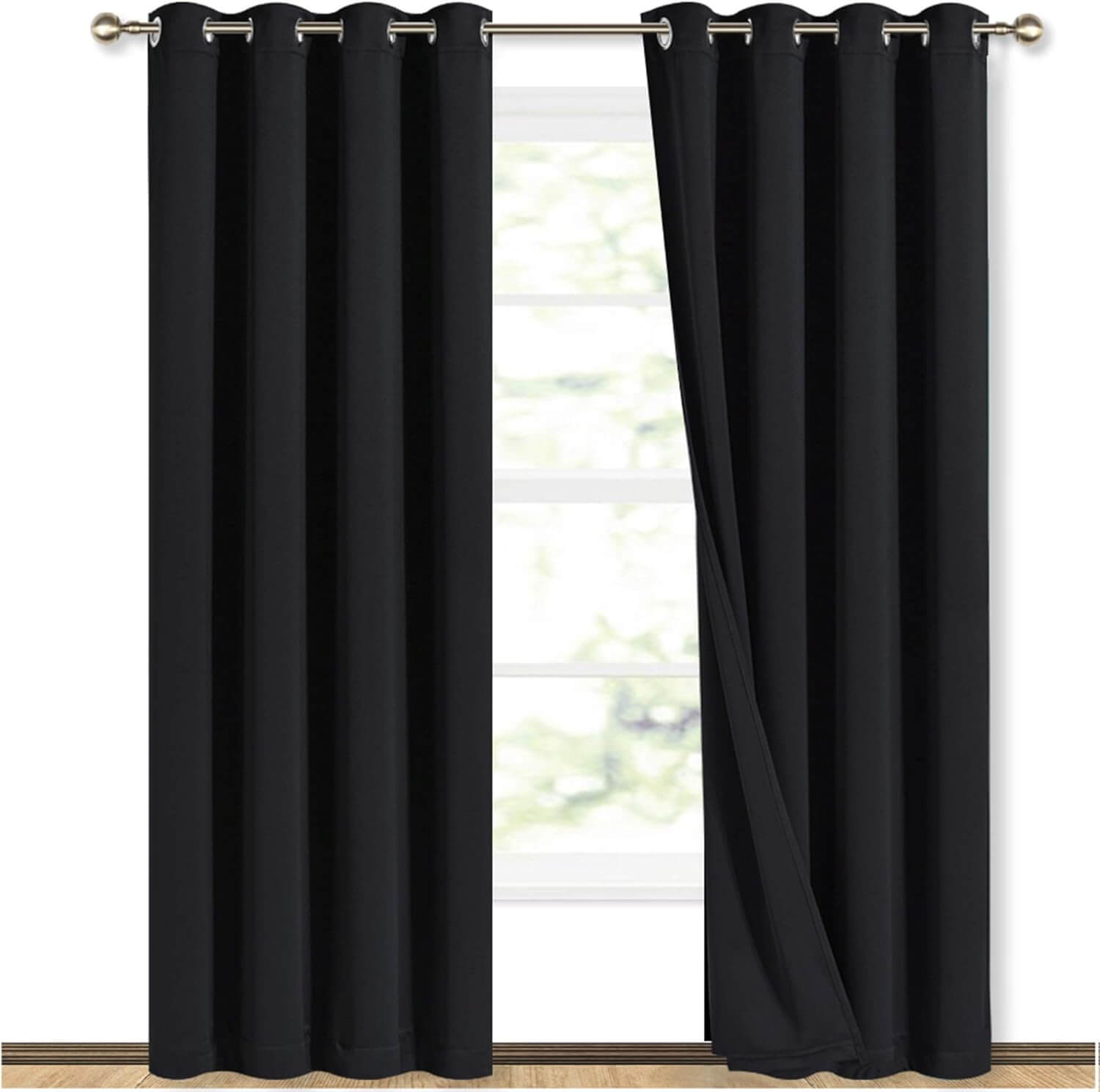
Soundproof Window Treatment Drapes
Elevate your glass doors with these soundproof drapes—absorb noise by 5-10 decibels, block outdoor sounds, and add style with a renter-friendly tension rod setup.
CHECK PRICE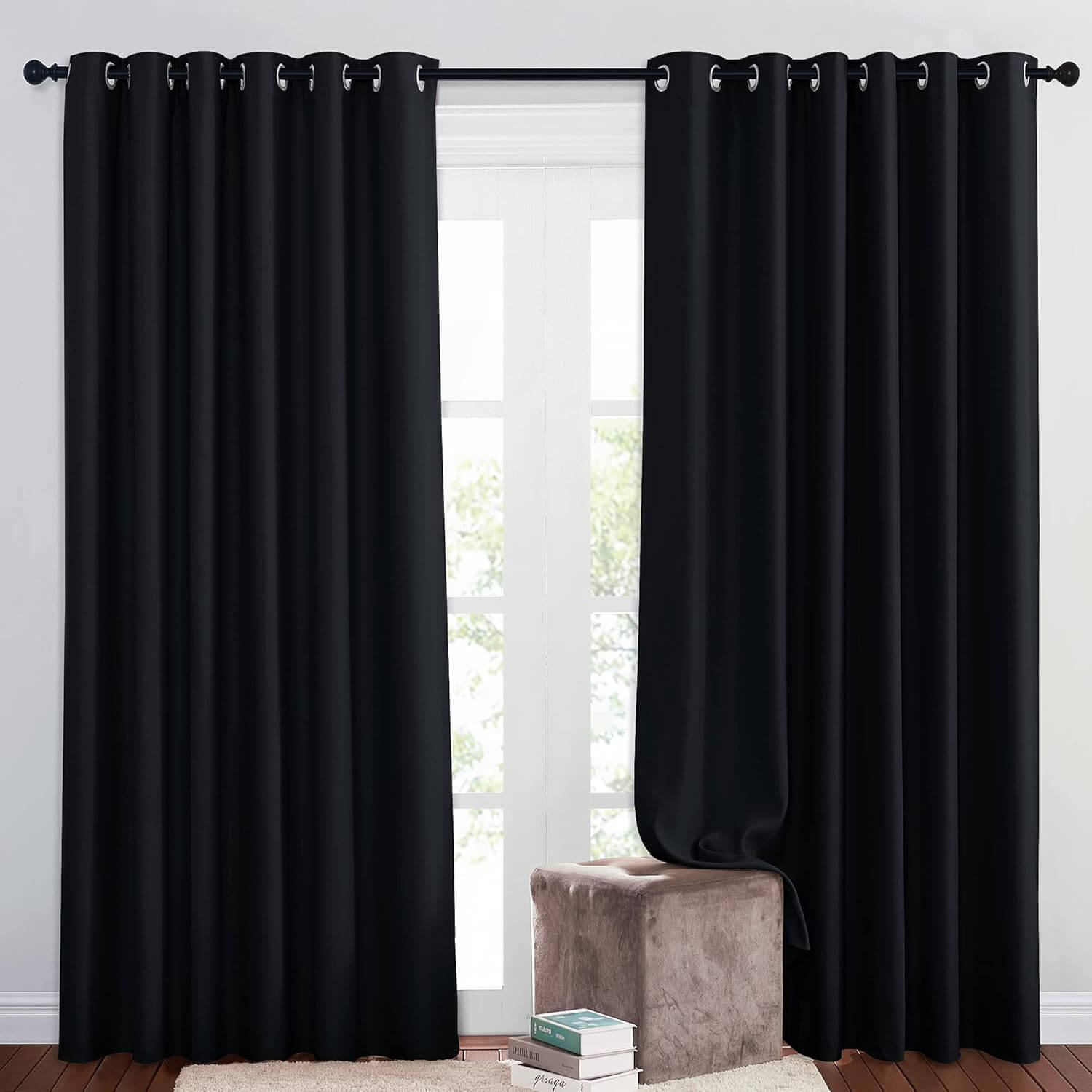
NICETOWN Thermal Insulated Blackout Curtains
Block out noise and light with NICETOWN Thermal Insulated Blackout Curtains, featuring an STC rating of 25 to reduce bedroom noise by 5-10 decibels—perfect for a quick, renter-friendly soundproofing upgrade.
CHECK PRICE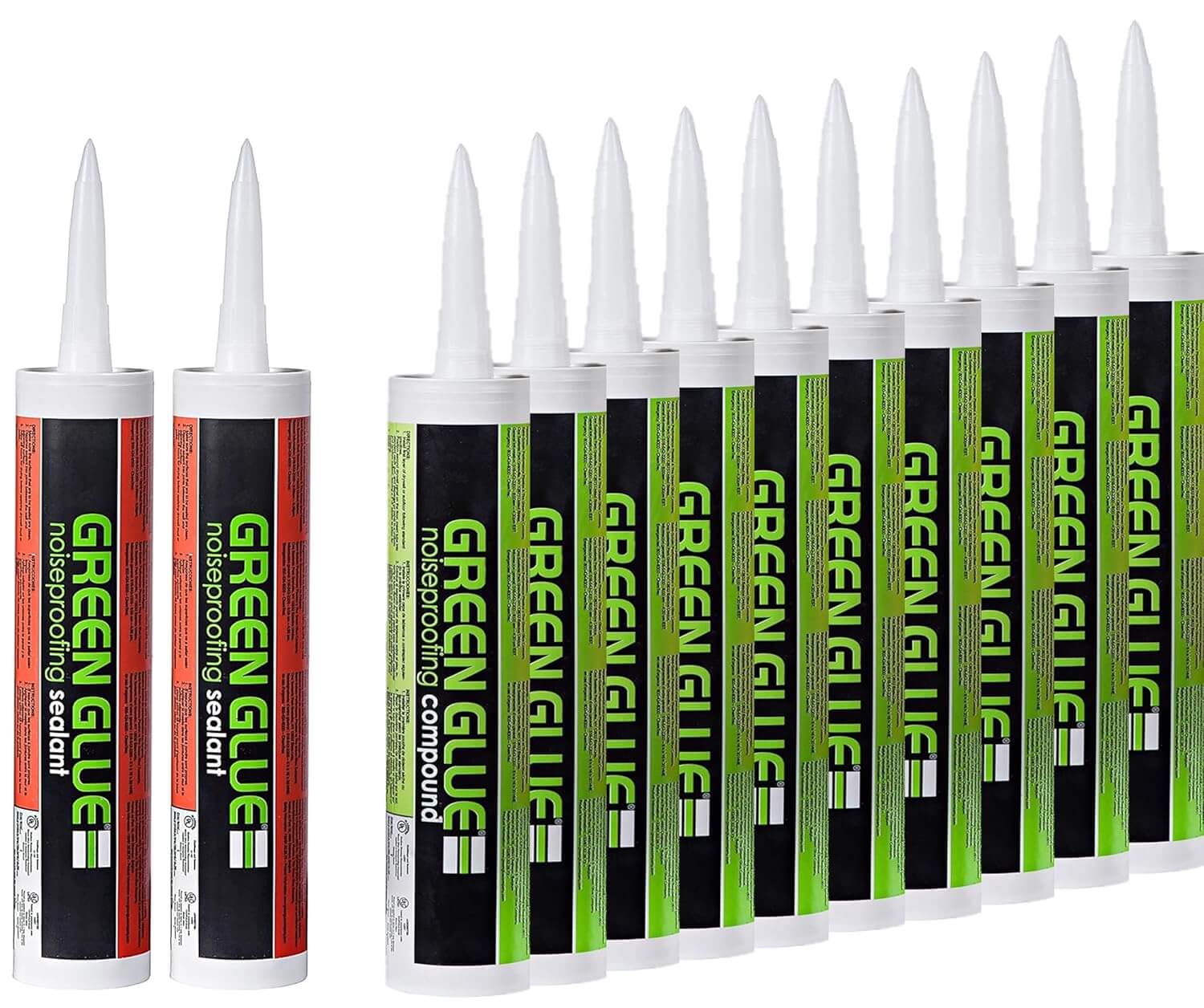
Green Glue Mass Loaded Vinyl
Enhance wall soundproofing with Green Glue Mass Loaded Vinyl, a dense, flexible material that cuts noise by 10-15 decibels—ideal for blocking low-frequency sounds like bass in shared spaces.
CHECK PRICE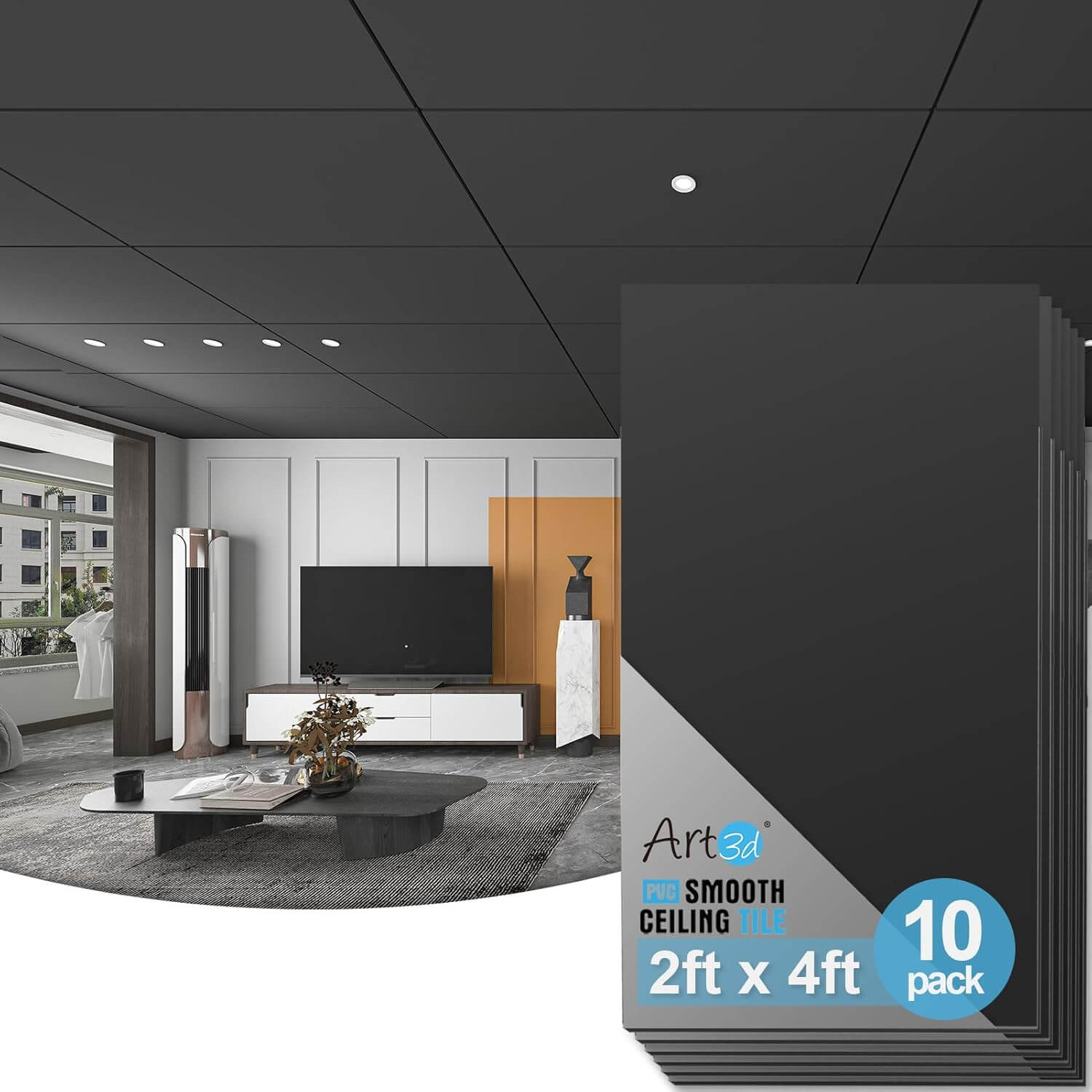
Art3D Ceiling Tiles
Quiet upstairs noise with Art3D Ceiling Tiles, absorbing 5-10 decibels of impact sound—perfect for renters with a simple, adhesive-friendly installation.
CHECK PRICE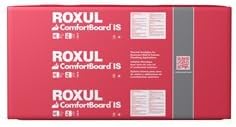
Roxul Safe’n’Sound Rockwool Insulation
Tame upstairs noise with Roxul Safe’n’Sound Rockwool Insulation, absorbing 10-15 decibels of low-frequency sounds like footsteps—ideal for homeowners with attic access and dense soundproofing needs.
CHECK PRICE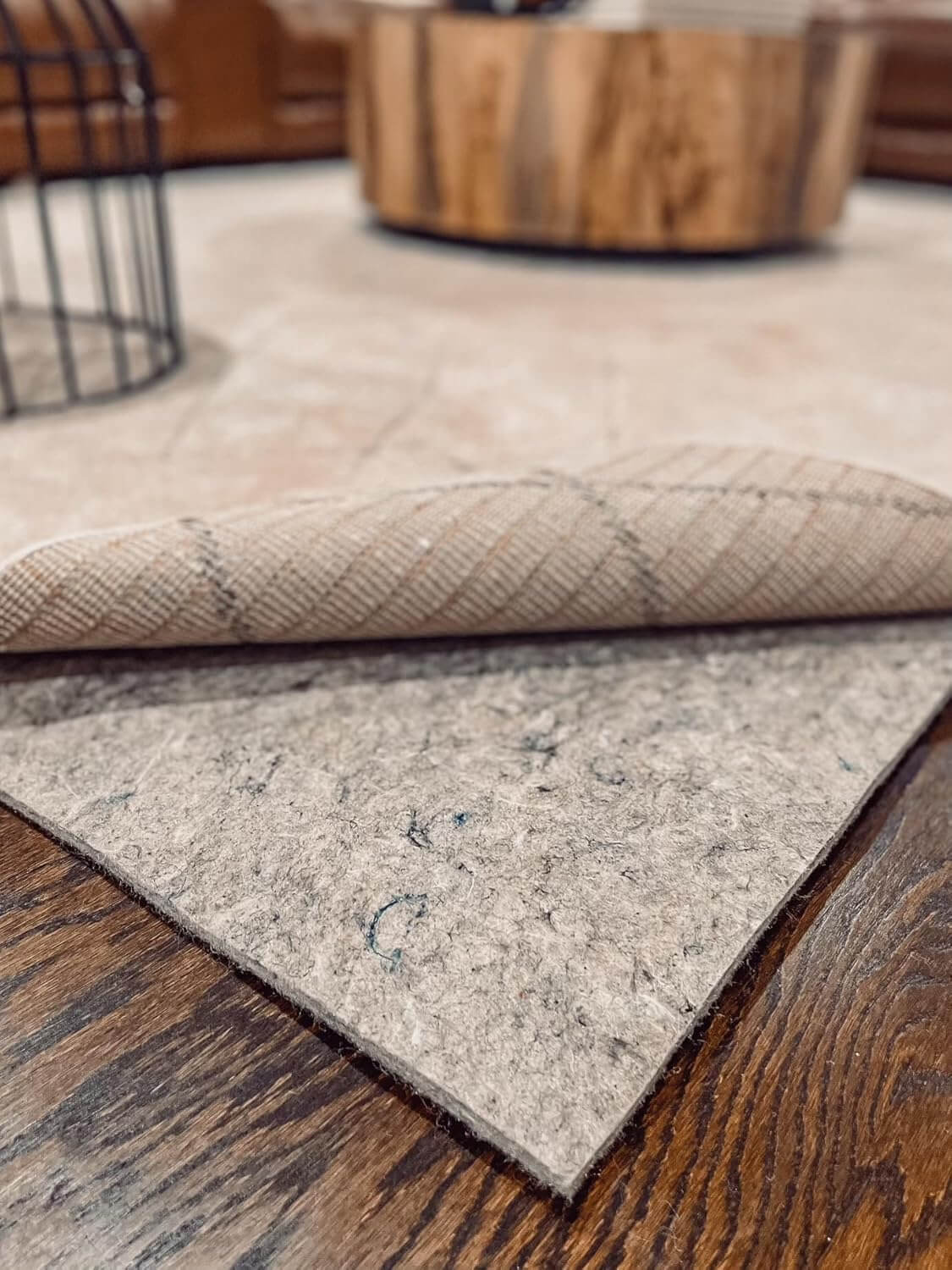
Thick Area Rug
Reduce bedroom echo and floor noise with this thick area rug, absorbing 3-5 decibels of sound with its dense shag pile—perfect for a cozy, quieter space underfoot.
CHECK PRICEImagine drifting off to sleep in a bedroom so quiet you can hear your own breathing. Then, a car horn blares, a neighbor’s late-night chatter spills through the walls, or upstairs footsteps jolt you awake. For the 590 people searching “how to soundproof a bedroom” each month, this scenario hits close to home.
Noise isn’t just an annoyance—it’s a sleep thief. The American Academy of Sleep Medicine warns that sounds above 35 decibels, like moderate traffic or a TV down the hall, can fragment sleep cycles. That leaves you groggy and stressed, especially in bustling cities or crowded apartments.
But here’s the good news: you don’t need to move to the countryside or hire a construction crew to reclaim your sanctuary.
This step-by-step guide will show you how to soundproof your bedroom, reducing noise by 15 to 25 decibels.
That’s enough to turn a disruptive 60-decibel street rumble into a hushed 35-decibel whisper, perfect for deep, uninterrupted rest.
Whether you’re a homeowner ready to invest in permanent fixes or a renter seeking removable solutions, we’ve got you covered. At Burton Acoustix, we’ve spent over a decade perfecting soundproofing solutions. We’re sharing our expertise here to help you sleep better tonight.
KEY TAKEAWAYS
How to Soundproof a Bedroom
Soundproof a bedroom with curtains, panels, and insulation, cutting noise by 15–25 decibels for restful sleep, whether you rent or own.
- Seal windows for instant quiet: Use NICETOWN Thermal Insulated Blackout Curtains or Frost King weatherstripping to reduce traffic noise by 5–15 decibels, sealing gaps fast.
- Block wall noise with mass: Add Auralex Studiofoam panels or Green Glue mass-loaded vinyl to walls, slashing neighbor sounds by 5–15 decibels, perfect for shared spaces.
- Upgrade doors for silence: Install a Suptikes door sweep or Masonite solid-core door to cut hallway noise by 5–30 decibels, tackling hollow-door leaks.
- Quiet ceilings and floors: Apply Roxul Safe’n’Sound insulation for upstairs noise (10–15 decibels) and rugs for echo (3–5 decibels), layering calm into your space.
Why Bedrooms Need Soundproofing
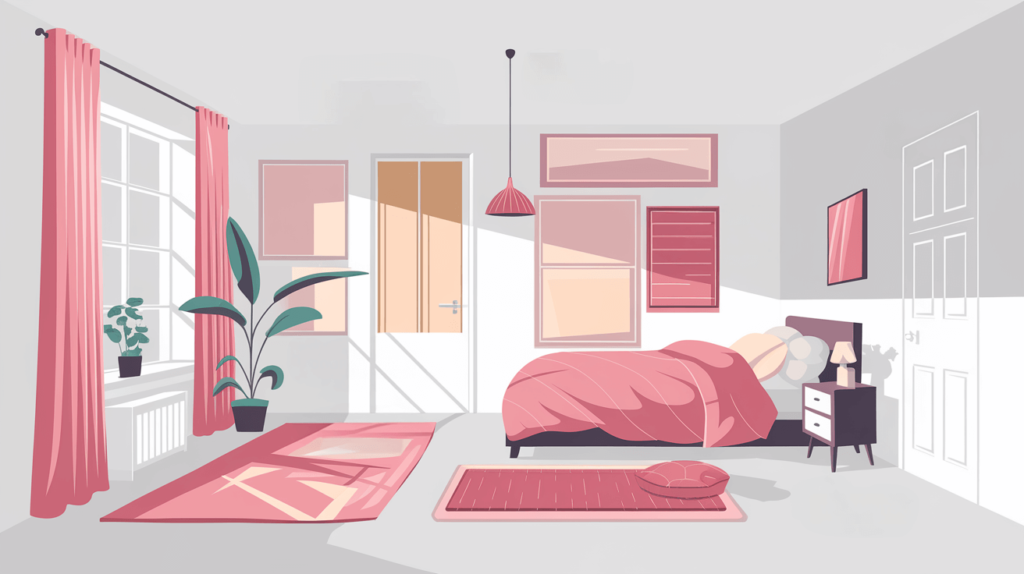
Bedrooms are meant to be havens of rest, but they’re often battlegrounds against noise. Traffic roars through single-pane windows, neighbors’ arguments seep through thin walls, and upstairs footsteps echo off ceilings like a drumbeat. These disturbances plague city dwellers, suburban families, and apartment residents alike.
Research from the National Sleep Foundation shows why this matters. Chronic noise exposure above 40 decibels increases cortisol levels, heightening stress and reducing sleep quality over time. For many, the bedroom’s location amplifies these issues—windows facing busy streets, walls shared with noisy neighbors, or ceilings beneath active living spaces.
What makes bedrooms especially vulnerable are their structural weak points. Windows, typically made of thin glass, vibrate with every passing car or barking dog. They transmit mid-to-high-frequency sounds like voices or horns with ease.
Walls, especially in older homes or rentals, lack the insulation to muffle low-frequency thuds or bass from a neighbor’s stereo. Doors, often hollow-core models in budget builds, act like amplifiers for hallway chatter or living room TVs. Even the ceiling can betray you if upstairs occupants pace or drop objects late at night.
Soundproofing a bedroom isn’t just about luxury—it’s about addressing these specific vulnerabilities. It’s about restoring calm and protecting your well-being in a space where rest is non-negotiable.
Step-by-Step Guide to Soundproofing a Bedroom
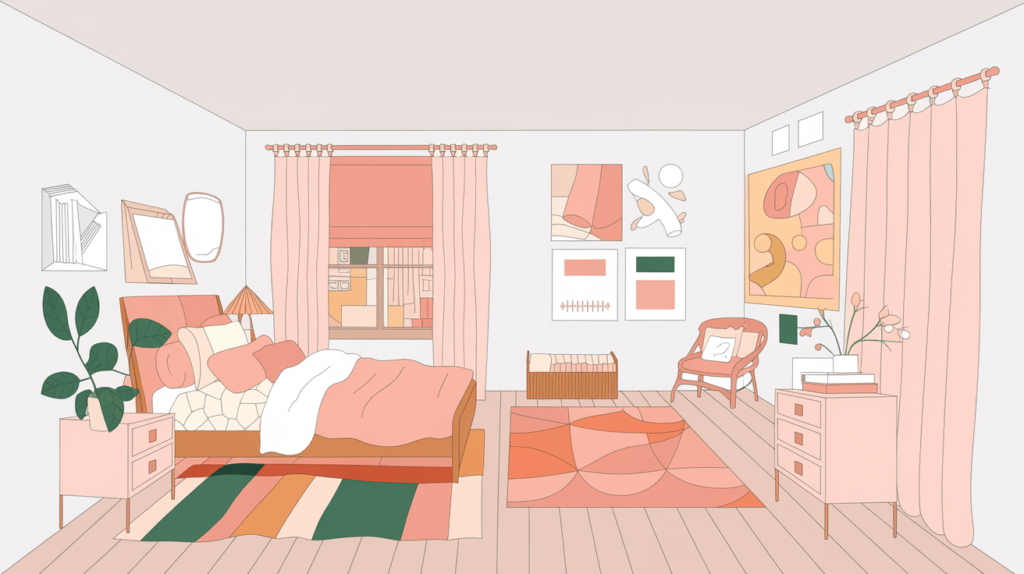
Soundproofing a bedroom requires a systematic approach, targeting each noise entry point with tailored solutions.
Below, we’ll walk through five detailed steps to silence your space. From windows to furnishings, these techniques will help you layer methods for maximum effect, ensuring deeper sleep.
Step 1: Soundproof the Windows
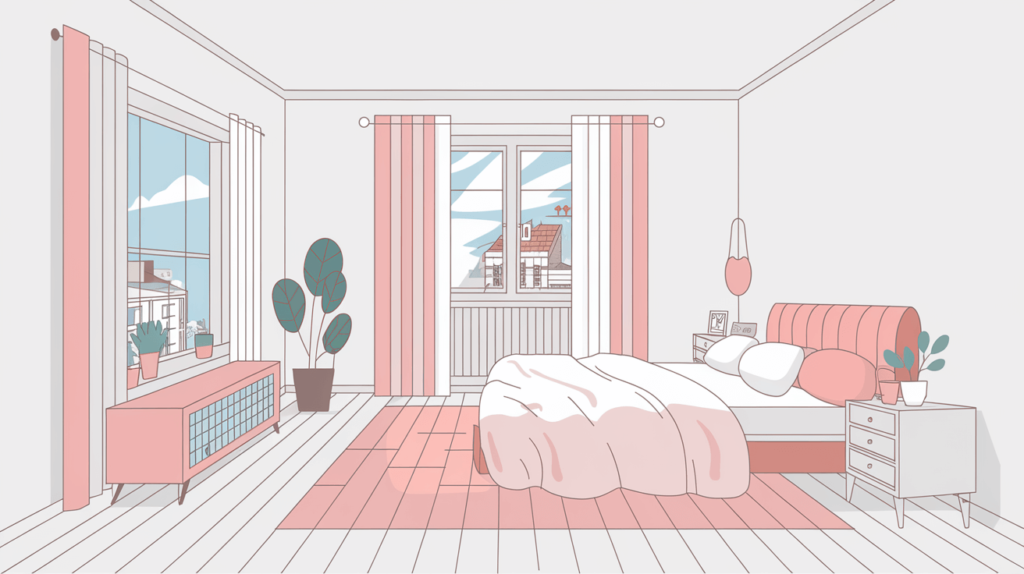
Windows are the bedroom’s Achilles’ heel, letting in everything from traffic hums to wind whistles. To quiet them, start with soundproof curtains, which offer an affordable, renter-friendly fix.
These aren’t your average drapes—curtains like NICETOWN Thermal Insulated Blackout Curtains boast an STC rating of 25.

NICETOWN Thermal Insulated Blackout Curtains
Block out noise and light with NICETOWN Thermal Insulated Blackout Curtains, featuring an STC rating of 25 to reduce bedroom noise by 5-10 decibels—perfect for a quick, renter-friendly soundproofing upgrade.
Check Price On AmazonThat means they can reduce noise by 5 to 10 decibels while also blocking light and heat. Installing them is straightforward: measure your window frame, choose a rod that extends 4 to 6 inches beyond the frame, and hang the curtains to overlap the edges by a few inches. This creates a makeshift seal against sound.
In my own city apartment, adding these curtains dropped street noise from a disruptive 55 decibels to a manageable 45 decibels. It was enough to drift off without earplugs, proving their worth. They’re a simple, effective first step for any bedroom.
For a more robust solution, consider window inserts, like those from Indow. These custom acrylic panels fit snugly inside your window frame, creating an air gap that traps sound. They cut noise by 10 to 15 decibels, making them ideal for homeowners facing constant outdoor racket.
They’re pricier—starting at around $200 per window—but the investment pays off in peace.
If you’re on a budget or in a rental, weatherstripping offers a quick win. Apply rubber weatherstripping, such as Frost King Rubber Weatherstripping, around the frame where gaps let sound sneak in.

Weatherstrip Door Seal
Block noise leaks with this durable weatherstrip door seal—perfect for sealing gaps around your door frame, reducing sound by up to 15 decibels for a quieter home.
Check Price On AmazonThis seals cracks and reduces noise by 3 to 5 decibels, doubling as an energy saver.
Step 2: Soundproof the Walls
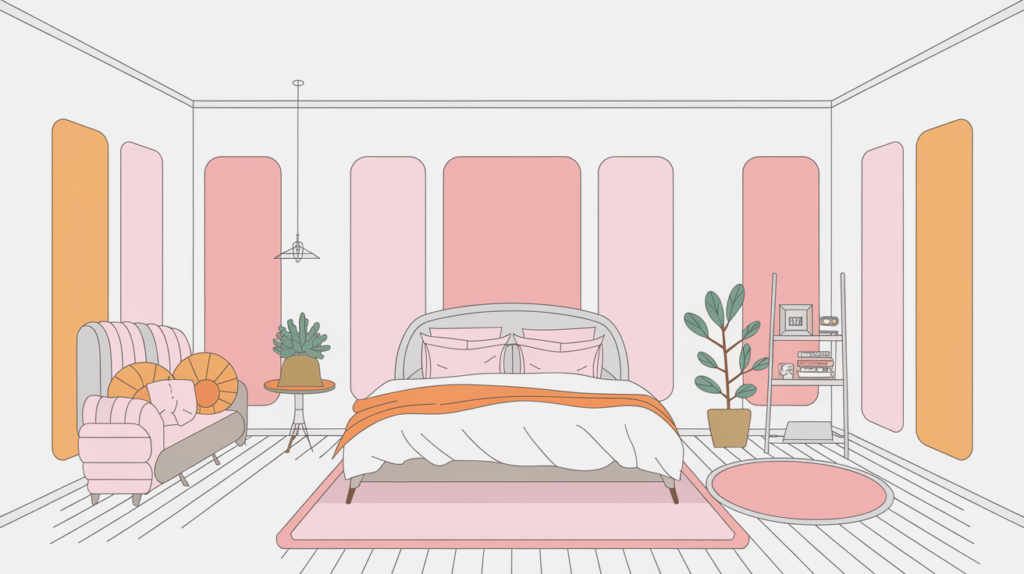
Walls are the next frontier, especially if you share them with noisy neighbors or a busy household. Soundproofing panels are a versatile starting point, absorbing sound waves to cut noise by 5 to 7 decibels. They’re an effective solution for renters and homeowners alike, offering a practical way to quiet shared spaces.

Soundproof Wall Panels
Boost your wall’s soundproofing with these sleek panels—cut noise by 10-15 decibels, absorb sound, and add style with an easy, renter-friendly setup.
Check Price On AmazonThese panels, often made of high-density materials like fiberglass or composite, attach easily with adhesive strips. Position them on the wall facing the noise source—say, behind your headboard if neighbors are the issue. You’ll notice a softer, less echoey room almost immediately.
I once helped a friend install these panels in her Brooklyn rental, and the difference was stark. Her neighbor’s TV chatter faded from a clear 50 decibels to a muffled 43 decibels, letting her sleep through primetime. It’s a quick, renter-friendly fix that delivers.
For homeowners willing to go further, mass-loaded vinyl (MLV) adds serious sound-blocking power. This dense, flexible material, like Soundsulate Mass Loaded Vinyl, gets installed under drywall or as a standalone layer. It reduces noise by 10 to 15 decibels, excelling against persistent low-frequency sounds like bass.

Mass-Loaded Vinyl
Add serious soundproofing power with mass-loaded vinyl—cuts noise by 15-20 decibels, ideal for metal doors or any space needing a dense, quiet barrier.
Check Price On AmazonIt’s a bit of a project—cut it to size, secure it with adhesive or staples, and cover it with a finishing layer. But the payoff is worth it for those tough noise challenges. If you’re ready for a permanent upgrade, adding an extra layer of drywall with Green Glue damping compound between layers is another option.

Green Glue Mass Loaded Vinyl
Enhance wall soundproofing with Green Glue Mass Loaded Vinyl, a dense, flexible material that cuts noise by 10-15 decibels—ideal for blocking low-frequency sounds like bass in shared spaces.
Check Price On AmazonThis can slash noise by over 10 decibels, making it a gold standard for shared walls. It requires tools and time, but it’s transformative. Curious about wall-specific tricks?
Step 3: Soundproof the Door
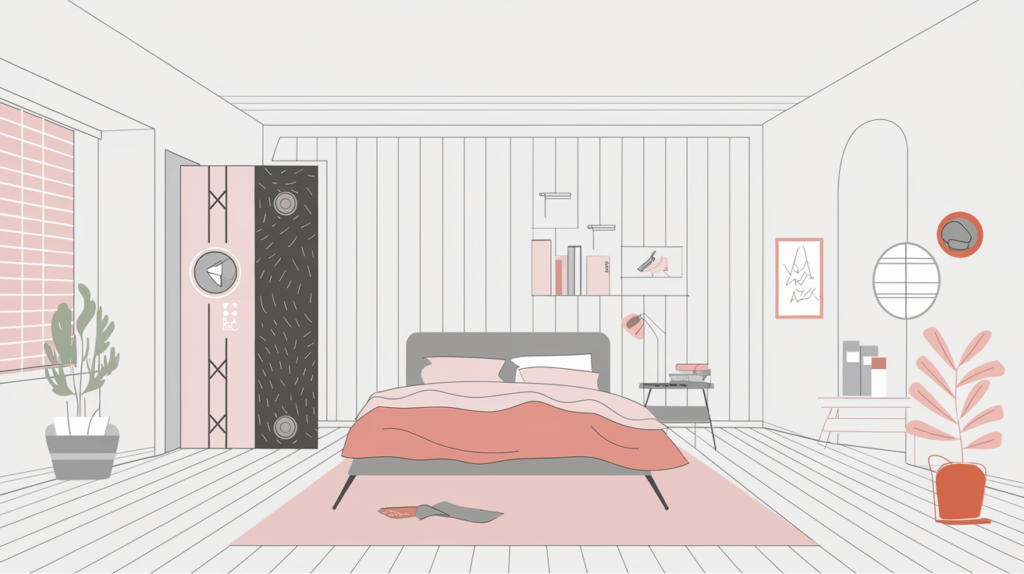
A bedroom door, especially a hollow-core one, is a highway for hallway noise—think kids playing, TV blaring, or late-night conversations. Start by sealing the frame with weatherstripping, like M-D Building Products silicone strips. Measure the top and sides, clean the surface with rubbing alcohol, and press the strips into place.

Weatherstrip Door Seal
Block noise leaks with this durable weatherstrip door seal—perfect for sealing gaps around your door frame, reducing sound by up to 15 decibels for a quieter home.
Check Price On AmazonThis ensures a tight fit when the door closes, cutting noise by 5 to 8 decibels. It muffles external sounds significantly with minimal effort. Next, tackle the bottom gap with a door sweep, model with a rubber flap.

Standard Door Sweep
Seal out under-door noise with this sturdy standard door sweep—easy to install, it blocks drafts and reduces sound by 5-10 decibels for instant quiet.
Check Price On AmazonCut it to your door’s width, attach it with adhesive or screws, and adjust it to skim the floor without dragging. Expect a 3 to 5 decibel drop—a small tweak with big impact. For the ultimate fix, swap your hollow door for a solid-core version, like a Masonite Solid Core Door.
These heavyweights block 20 to 30 decibels, turning a flimsy noise conduit into a fortress. I upgraded my own bedroom door last year, and the difference was night and day—hallway noise went from a sleep-ruining 50 decibels to a barely audible 25 decibels.
Renters can’t replace doors, but a rolled-up towel or draft stopper works in a pinch —check How to Soundproof Doors for more hacks.
Step 4: Soundproof the Ceiling (If Needed)

If upstairs noise—like footsteps, dropped toys, or furniture dragging—keeps you awake, the ceiling needs attention. Acoustic tiles, such as Art3d Ceiling Tiles, are a straightforward solution for renters and homeowners alike. These lightweight panels attach with adhesive, absorbing 5 to 10 decibels of impact noise.

Art3D Ceiling Tiles
Quiet upstairs noise with Art3D Ceiling Tiles, absorbing 5-10 decibels of impact sound—perfect for renters with a simple, adhesive-friendly installation.
Check Price On AmazonThey’re especially effective in apartments with thin ceilings, softening the harshness of overhead activity. Installing them is easy: measure your ceiling, cut tiles to fit, and stick them up in a grid pattern. It’s both functional and stylish.
For a heavier-duty approach, insulation between ceiling joists is the way to go, assuming you have access—common in homes with exposed attics. Roxul Safe’n’Sound, a rockwool insulation, slots into the space and dampens noise by 10 to 15 decibels. It excels against low-frequency thuds, but requires some DIY effort—wear gloves, cut the batts to size, and wedge them snugly.

Roxul Safe’n’Sound Rockwool Insulation
Tame upstairs noise with Roxul Safe’n’Sound Rockwool Insulation, absorbing 10-15 decibels of low-frequency sounds like footsteps—ideal for homeowners with attic access and dense soundproofing needs.
Check Price On AmazonOnly bother with the ceiling if overhead noise is your main issue; otherwise, focus on windows and walls first.
Step 5: Add Soft Furnishings
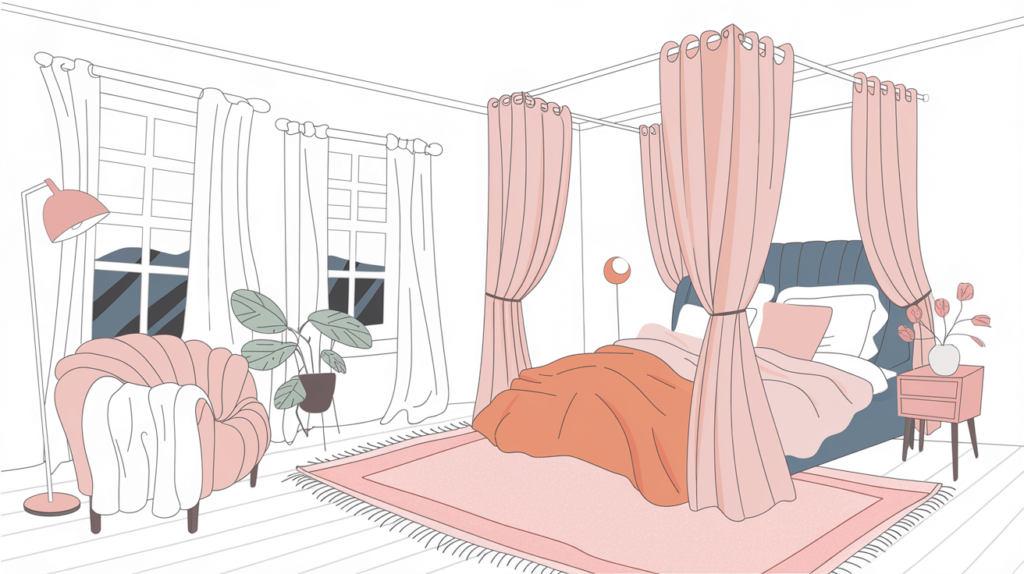
Soft furnishings are the unsung heroes of soundproofing, absorbing sound waves for free or cheap. A thick area rug on hardwood or tile floors soaks up echo and floor-transmitted noise, reducing it by 3 to 5 decibels. Pick one with a dense pile—think shag or wool—and place it under your bed or along the wall nearest the noise source.

Thick Area Rug
Reduce bedroom echo and floor noise with this thick area rug, absorbing 3-5 decibels of sound with its dense shag pile—perfect for a cozy, quieter space underfoot.
Check Price On AmazonExtra curtains, beyond what’s on your windows, can double up on absorption if you hang them on bare walls or over the door frame. I added a second set in my own bedroom, and the room felt noticeably quieter, dropping ambient noise by a few decibels. An upholstered headboard is another smart move, especially if your bed sits against a noisy wall.
It acts like a mini acoustic panel, softening sound reflections behind your head. Even a plush throw blanket draped over a chair adds a touch of dampening. These tweaks don’t just silence—they make your bedroom cozier, enhancing that sleep-ready vibe.
How Much Noise Reduction to Expect
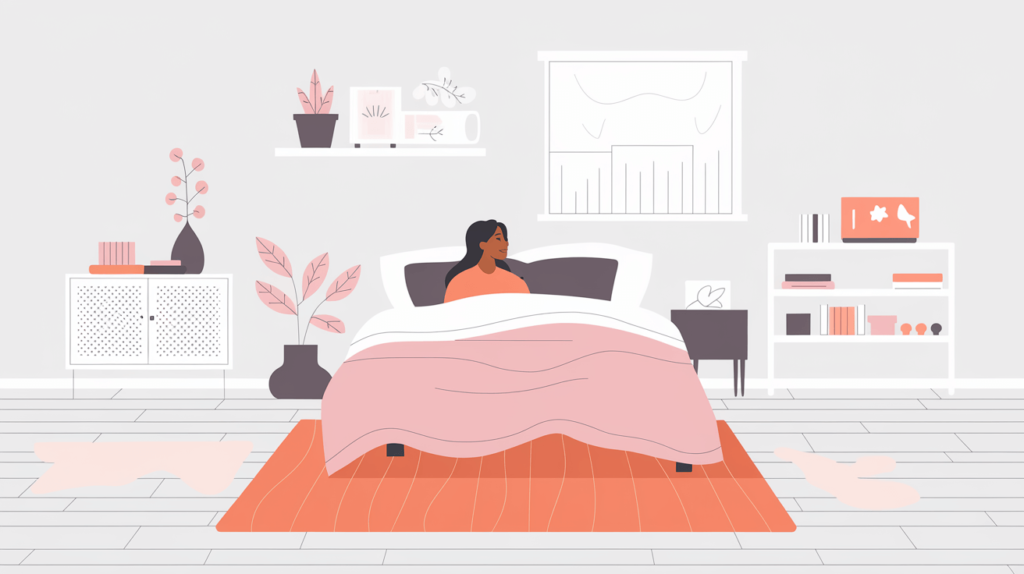
Layer these methods, and you’ll see noise drop by 15 to 25 decibels, depending on your setup. Picture this: a busy street at 60 decibels—think cars and horns—softens to 35 to 45 decibels, akin to a quiet conversation or gentle hum. That’s ideal for sleep.
If your neighbor’s stereo blares at 50 decibels through the wall, you could bring it down to 25 to 35 decibels—barely a whisper. Start with windows and doors for a quick 10-decibel cut, then add walls or furnishings for the full effect. In my own bedroom, combining curtains, weatherstripping, and a rug shaved 18 decibels off nighttime noise—proof it works with modest effort.
Common Mistakes to Avoid
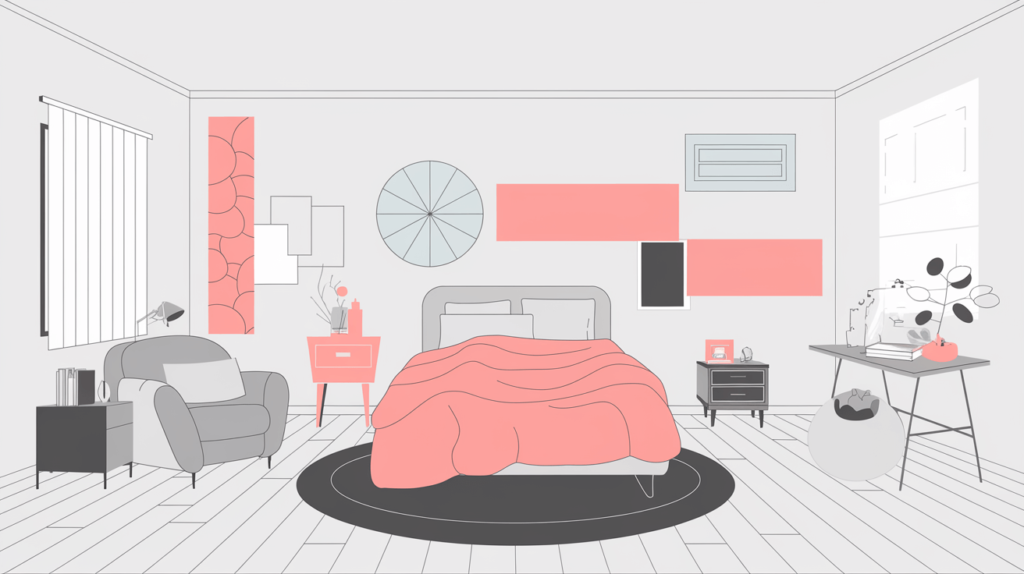
Even with the best intentions, pitfalls can derail your soundproofing. Don’t overlook gaps—sound sneaks through tiny cracks around windows, doors, or frames, so seal everything meticulously with weatherstripping or caulk. Avoid cheap foam sheets from craft stores; they’re too thin to block meaningful noise—stick to dense materials like MLV or proper acoustic panels instead.
Don’t overcomplicate things from the start—test simple fixes like curtains or a door sweep before ripping into walls. These missteps waste time and money, so keep it smart and systematic.
Conclusion
A soundproofed bedroom isn’t just a luxury—it’s a game-changer for sleep, privacy, and peace of mind, even in the noisiest environments. With these steps, you can cut noise by 15 to 25 decibels, turning chaos into calm. Start with windows and doors for instant relief, then layer on walls, ceilings, or furnishings as needed.
At Burton Acoustix, we’ve seen firsthand how the right techniques transform lives—one quiet night at a time.
FAQs About Soundproofing a Bedroom
How can I soundproof my apartment bedroom?
Use renter-friendly solutions like NICETOWN curtains, soundproofing panels, door sweeps, and rugs to cut noise by 10-20 decibels without damaging walls.
Can I soundproof a bedroom as a renter?
Yes! Use curtains, weatherstripping, and removable panels.
How much does it cost to soundproof a bedroom?
Budget fixes start at $50-100; full upgrades can hit $500+. In the UK, costs may vary due to materials and labor rates, but expect similar ranges (e.g., £40-£400), depending on solutions like curtains and MLV.
Will soundproofing make my room too quiet?
No, it reduces disruptive noise, not ambient calm—perfect for sleep.
How can I soundproof my bedroom from noisy neighbors?
Focus on walls with soundproofing panels or mass-loaded vinyl, seal doors with sweeps or solid-core doors, and add rugs to absorb echoes.
How can I soundproof a bedroom vent?
Seal gaps with acoustic caulk or foam inserts, and add a soundproof vent cover to reduce noise by 5-10 decibels.
Recommended Soundproofing Products

Soundproof Wall Panels
Boost your wall’s soundproofing with these sleek panels—cut noise by 10-15 decibels, absorb sound, and add style with an easy, renter-friendly setup.
CHECK PRICE
Weatherstrip Door Seal
Block noise leaks with this durable weatherstrip door seal—perfect for sealing gaps around your door frame, reducing sound by up to 15 decibels for a quieter home.
CHECK PRICE
Standard Door Sweep
Seal out under-door noise with this sturdy standard door sweep—easy to install, it blocks drafts and reduces sound by 5-10 decibels for instant quiet.
CHECK PRICE
MDF Panels
Fortify your door with these MDF panels—perfect for adding mass, they reduce noise by 10-15 decibels, turning hollow doors into solid sound barriers.
CHECK PRICE
Mass-Loaded Vinyl
Add serious soundproofing power with mass-loaded vinyl—cuts noise by 15-20 decibels, ideal for metal doors or any space needing a dense, quiet barrier.
CHECK PRICE
Soundproof Window Treatment Drapes
Elevate your glass doors with these soundproof drapes—absorb noise by 5-10 decibels, block outdoor sounds, and add style with a renter-friendly tension rod setup.
CHECK PRICE
NICETOWN Thermal Insulated Blackout Curtains
Block out noise and light with NICETOWN Thermal Insulated Blackout Curtains, featuring an STC rating of 25 to reduce bedroom noise by 5-10 decibels—perfect for a quick, renter-friendly soundproofing upgrade.
CHECK PRICE
Green Glue Mass Loaded Vinyl
Enhance wall soundproofing with Green Glue Mass Loaded Vinyl, a dense, flexible material that cuts noise by 10-15 decibels—ideal for blocking low-frequency sounds like bass in shared spaces.
CHECK PRICE
Art3D Ceiling Tiles
Quiet upstairs noise with Art3D Ceiling Tiles, absorbing 5-10 decibels of impact sound—perfect for renters with a simple, adhesive-friendly installation.
CHECK PRICE
Roxul Safe’n’Sound Rockwool Insulation
Tame upstairs noise with Roxul Safe’n’Sound Rockwool Insulation, absorbing 10-15 decibels of low-frequency sounds like footsteps—ideal for homeowners with attic access and dense soundproofing needs.
CHECK PRICE
Thick Area Rug
Reduce bedroom echo and floor noise with this thick area rug, absorbing 3-5 decibels of sound with its dense shag pile—perfect for a cozy, quieter space underfoot.
CHECK PRICE